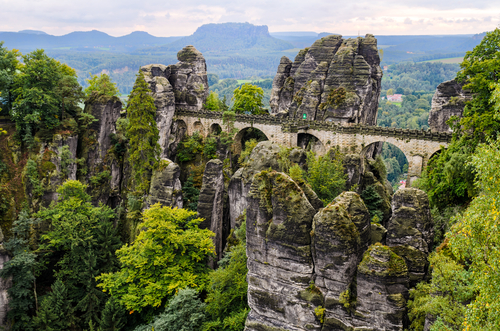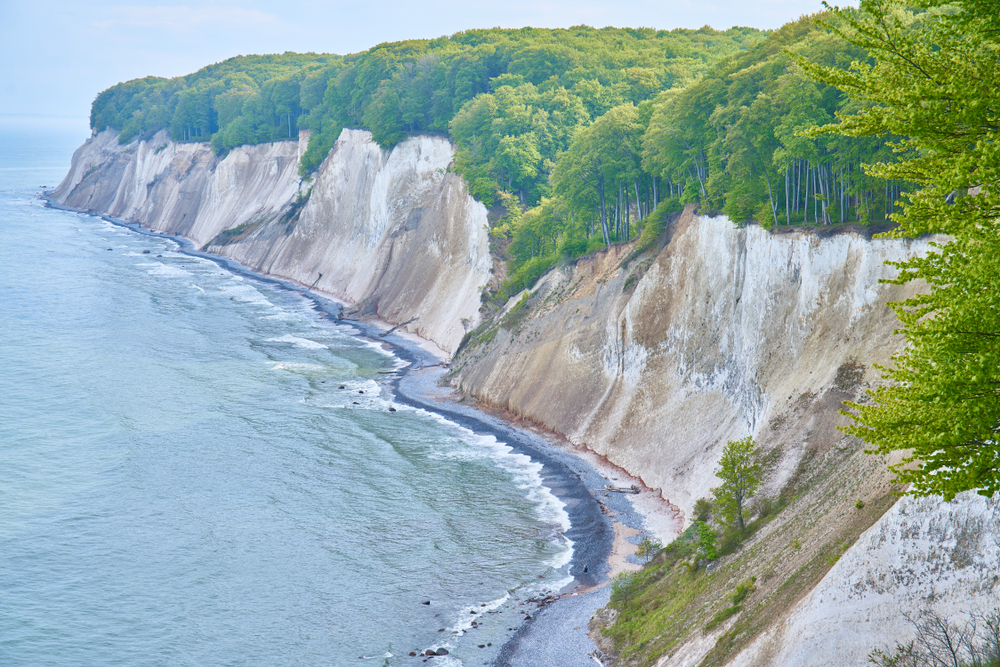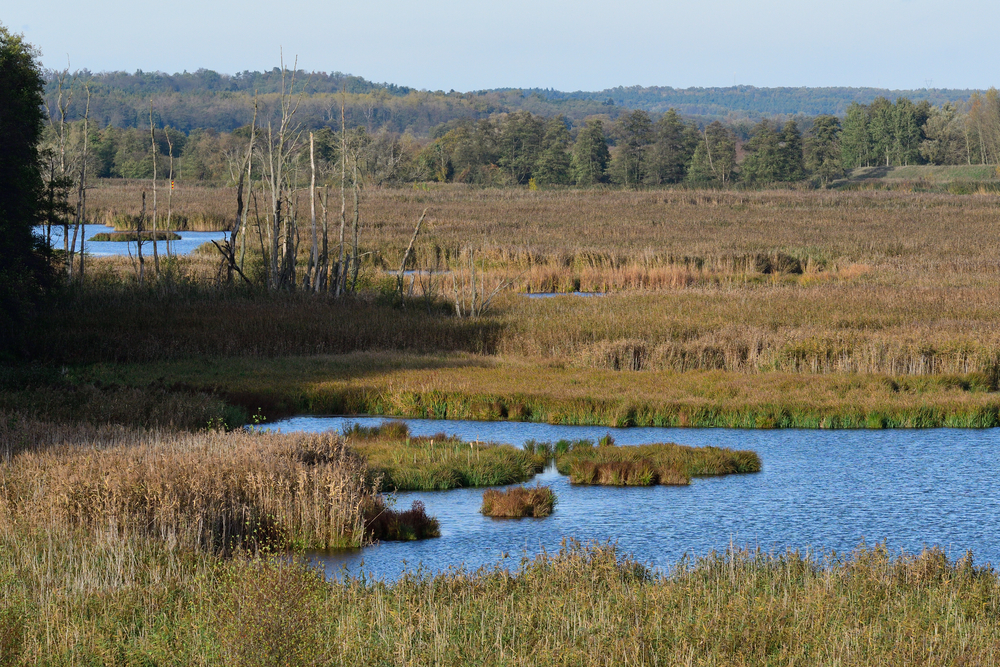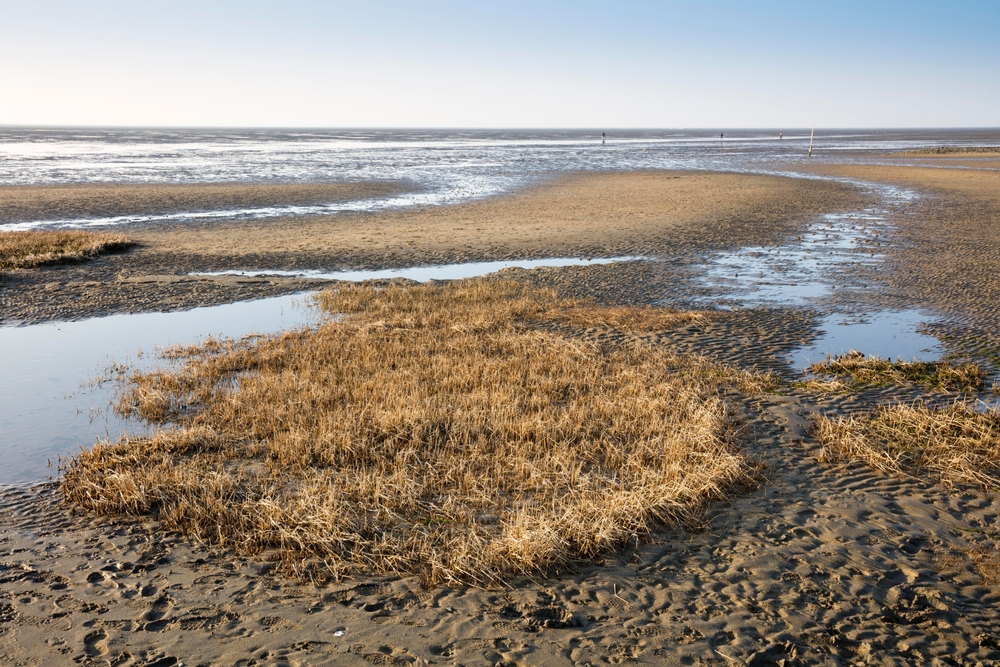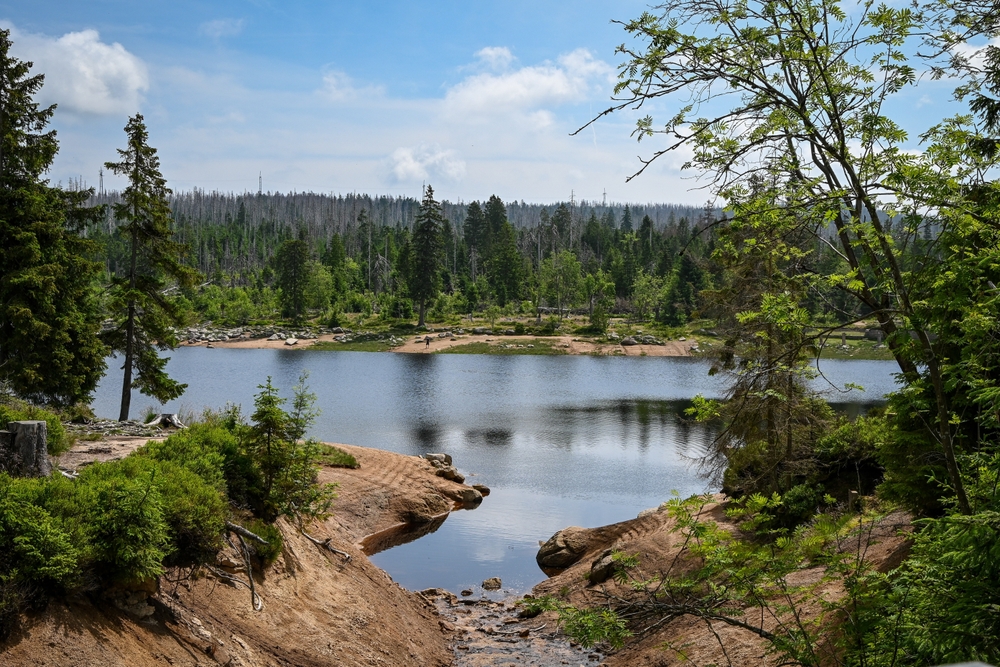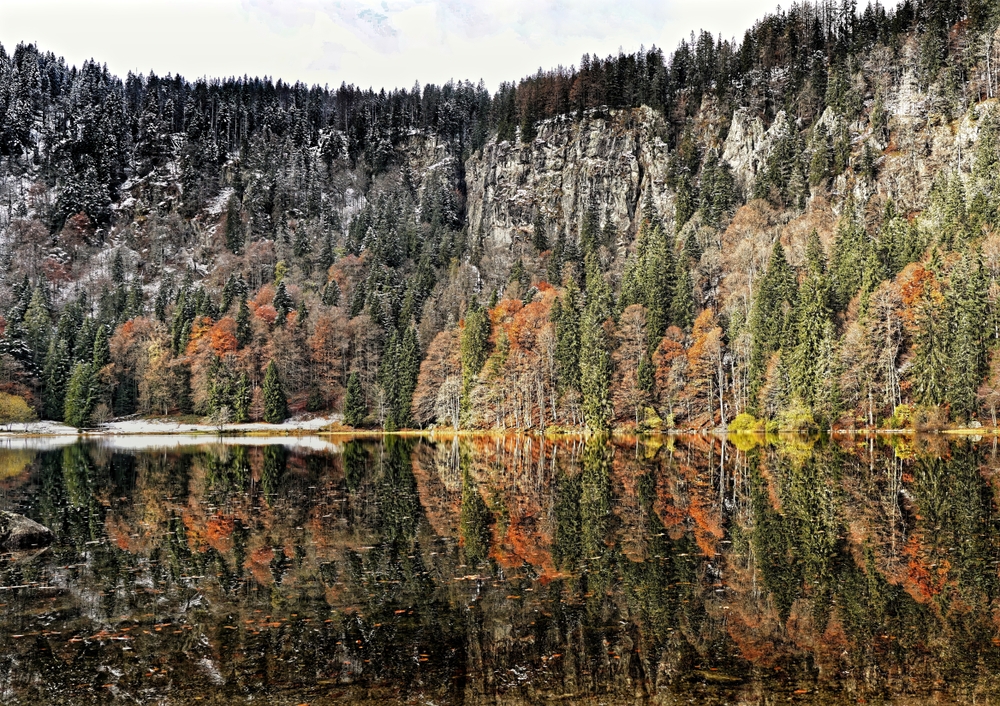Müritz Overview
Müritz National Park, known locally as Müritz-Nationalpark, is located in the northeastern region of Germany, within the state of Mecklenburg-Western Pomerania.
Encompassing an area of approximately 123 square miles (318 square kilometers), it is the largest national park in the state and one of the most significant protected areas in the country.
The park is named after Lake Müritz, Germany’s second-largest lake, which forms the centerpiece of this expansive natural reserve. Müritz National Park is part of the Mecklenburg Lake District, a vast network of interconnected lakes, rivers, and wetlands that create a unique and dynamic ecosystem.
The terrain of Müritz National Park is characterized by a diverse mix of landscapes, including dense beech and pine forests, sprawling wetlands, and over 100 lakes of varying sizes. The park is particularly well known for its ancient beech forests, some of which are part of the UNESCO-listed Primeval Beech Forests of the Carpathians and Other Regions of Europe.
The combination of these forests, lakes, and marshlands provides a rich mosaic of habitats, making the park an ecological treasure. Notable water bodies within the park include Feisnecksee, Specker See, and Woterfitzsee, each contributing to the overall beauty and biodiversity of the area.
The landscape, shaped by glacial activity thousands of years ago, features gentle rolling hills, peat bogs, and floodplain forests, offering a scenic and tranquil setting for visitors.
Müritz National Park is a haven for wildlife, particularly bird species. It is one of the most important areas for bird conservation in Germany, serving as a breeding ground and migratory stopover for many rare and endangered species.
One of the park’s most iconic birds is the white-tailed eagle, a majestic raptor often seen soaring over the lakes. The park is also home to ospreys, black storks, and cranes, which can be observed in significant numbers during migration periods. The wetlands provide critical nesting areas for waterfowl, including greylag geese and various species of ducks.
Mammals such as red deer, roe deer, wild boars, and raccoon dogs inhabit the forests, while elusive otters can sometimes be spotted in the park’s waterways. The abundance of flora and fauna makes Müritz National Park an exceptional destination for nature lovers and wildlife enthusiasts.
One of the park’s most popular attractions is the Federow Visitor Center, which provides educational exhibits and guided excursions, including opportunities to observe ospreys via live camera feeds. The Boek section of the park is another favorite among visitors, offering numerous hiking and cycling trails that wind through pristine forests and lakeshores.
Müritz National Park also features a network of well-marked trails, including the Müritz National Park Trail, which provides an immersive experience in the region’s natural beauty. Canoeing and kayaking on the park’s lakes and waterways offer a unique way to explore the landscape while enjoying the serenity of the water.
Müritz National Park faces conservation challenges related to climate change, habitat fragmentation, and human impact. However, significant efforts have been made to restore natural water levels, protect endangered species, and promote sustainable tourism.
The park’s management focuses on preserving its delicate ecosystems while allowing visitors to experience its beauty responsibly. Through ongoing conservation projects and ecological education, Müritz National Park continues to be a vital refuge for wildlife and a premier destination for those seeking to connect with nature.











































































